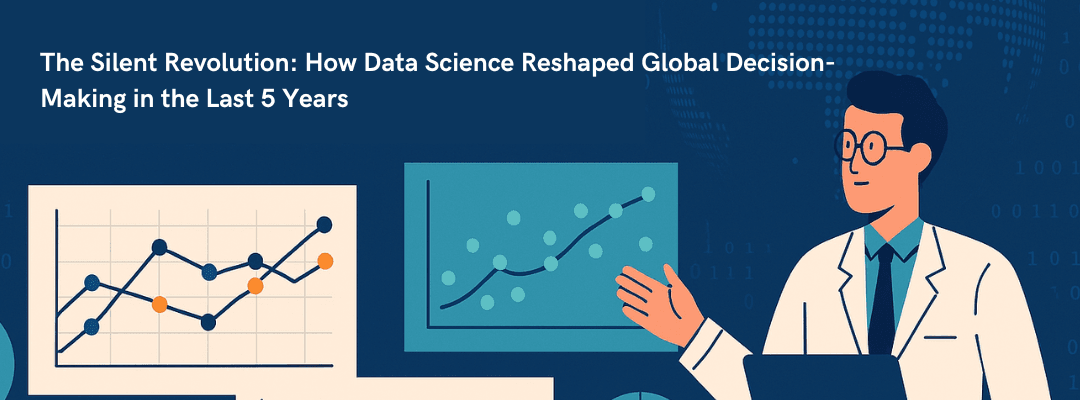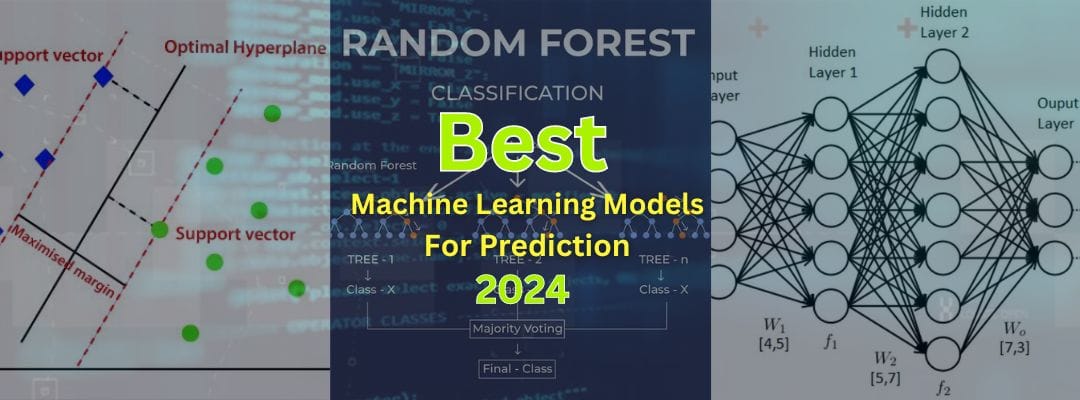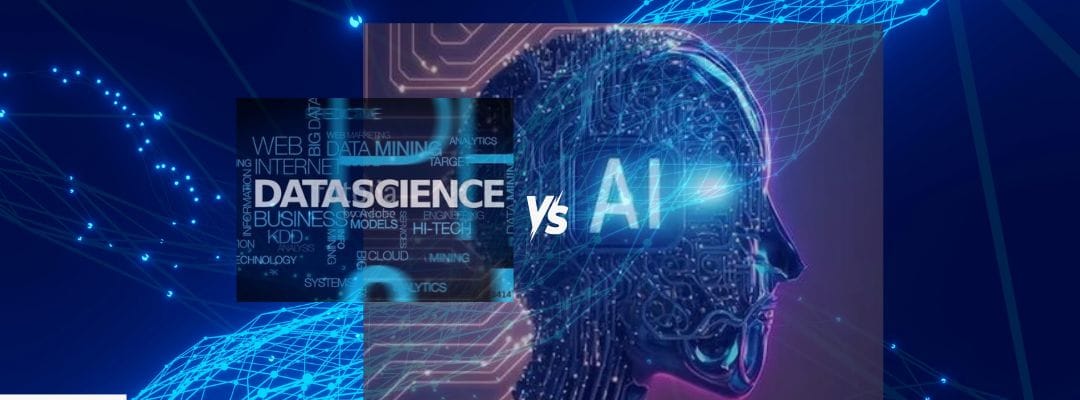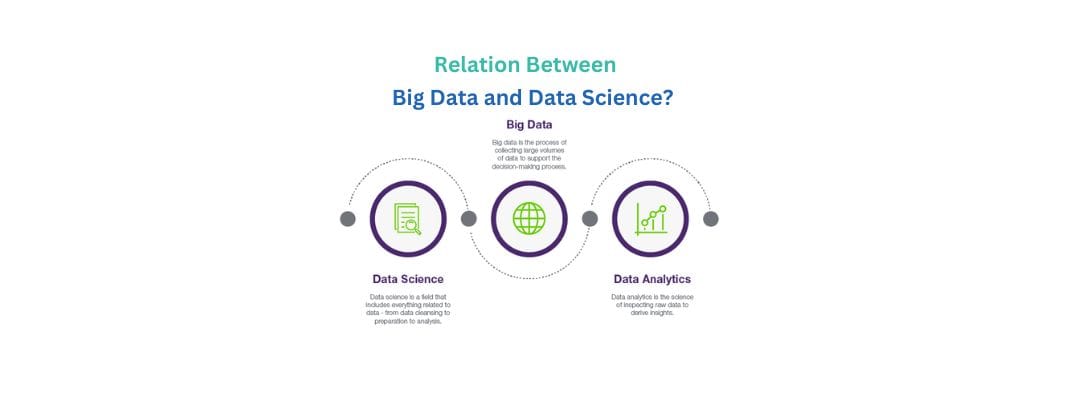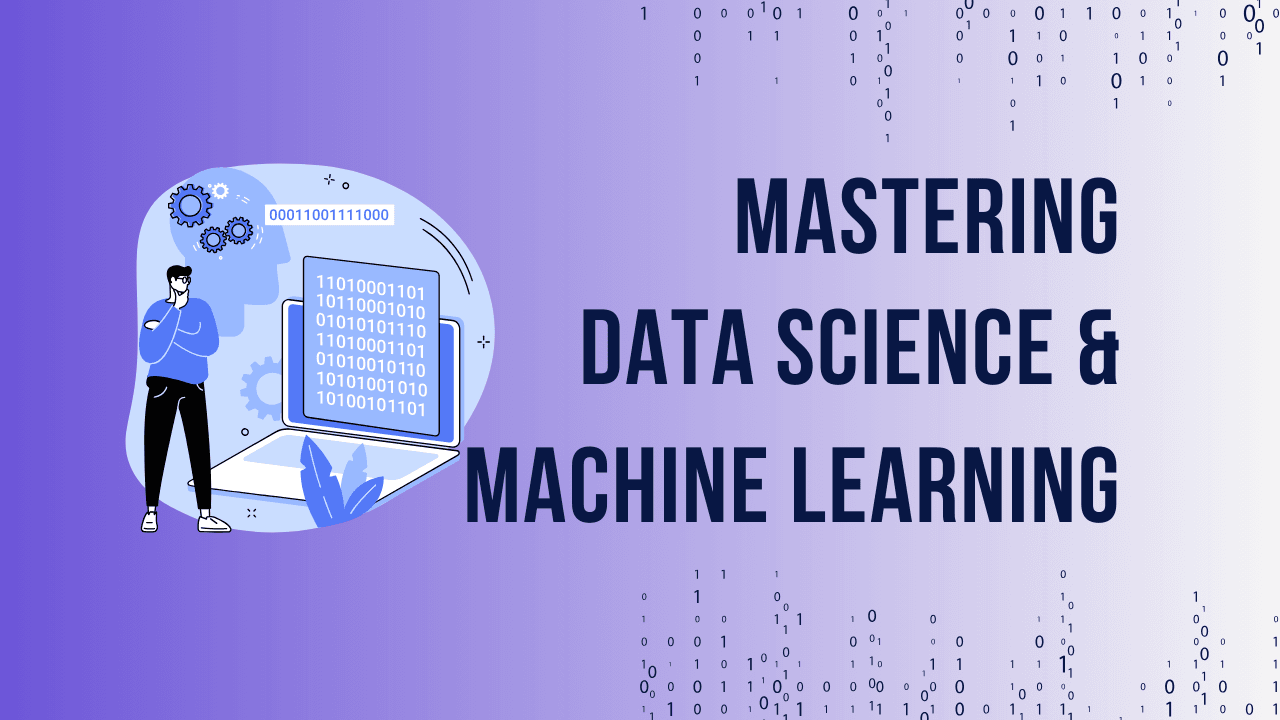Are Developers Really Coding 10x Faster Using GenAI?
At UNP Education, we do in-depth research focused on education, effective learning methodologies, and practical applications for employability. This time we delve deeper to understand the reality behind 10x or faster coding using GenAI.
The advent of Generative AI (GenAI) in software development has sparked a flurry of discussions and, at times, skepticism regarding its true impact on developer productivity. Claims of “10x faster coding” often sound like hyperbole, yet there’s a growing body of evidence to suggest that for a specific subset of the developer community, these claims are not just plausible but a reality. This document explores the nuances of GenAI’s influence on coding speed, highlighting who truly benefits and why, while also addressing the critical importance of foundational skills.
It’s unequivocally true: developers are indeed coding 10x, or even faster, using GenAI. However, a crucial distinction must be made about the individuals achieving these extraordinary speeds. These are not junior developers or newcomers to the field. These are seasoned professionals, veterans of countless hours spent coding, debugging, architecting, and deploying complex software systems. They possess a deep, intuitive understanding of programming languages, design patterns, algorithms, and software development methodologies. Their expertise extends beyond merely writing syntax; they comprehend the intricate logic, potential pitfalls, and optimal solutions for a given problem.
For such experienced developers, GenAI acts as an exceptionally powerful accelerator. Imagine a master craftsman who traditionally uses hand tools. While highly skilled, their output is limited by the physical constraints of their tools. Now, equip that same craftsman with state-of-the-art power tools. Their fundamental understanding of the craft remains, but their ability to execute tasks is dramatically amplified. Similarly, seasoned developers leverage GenAI not as a replacement for their knowledge but as a highly intelligent assistant that can:
Generate Boilerplate Code Rapidly: Much of software development involves writing repetitive or predictable code structures. GenAI can instantly generate this boilerplate, freeing up seasoned developers to focus on the unique, complex aspects of a project.
Suggest and Complete Code: Intelligent code completion, beyond basic IDE features, can predict and suggest entire functions, classes, or even modules based on context, drastically reducing typing and thought cycles.
Automate Testing and Debugging Snippets: While GenAI can’t fully replace human testing, it can generate test cases, suggest debugging strategies, and even pinpoint potential error locations, significantly streamlining these often time-consuming processes.
Refactor and Optimize Code: GenAI can analyze existing code and propose refactoring improvements or optimization suggestions, leading to cleaner, more efficient, and maintainable codebases.
Translate Between Languages or Frameworks: For polyglot developers, GenAI can aid in translating code snippets or understanding concepts across different programming languages or frameworks, bridging knowledge gaps quickly.
Expedite Research and Information Retrieval: Instead of sifting through documentation or Stack Overflow, developers can prompt GenAI for instant answers or code examples, allowing for faster problem-solving.
The speed gains for these developers stem from their ability to critically evaluate and steer GenAI’s output. They can quickly discern whether a generated piece of code is correct, efficient, and aligns with the project’s architecture and best practices. They use GenAI as a brainstorming partner, a rapid prototyping tool, and a code generator, all while maintaining complete control and oversight. Their expertise allows them to prompt effectively, interpret results intelligently, and iterate swiftly.
However, the picture is vastly different for new entrants to the field. A common pitfall for aspiring developers might be to immediately embrace GenAI with the goal of achieving similar speeds. This approach is fraught with peril. For a new entrant, the primary focus should be on building a strong foundational understanding of computer science principles, programming paradigms, and the nuances of software engineering. Trying to go for speed first, heavily relying on GenAI to generate code without truly comprehending it, is akin to learning to drive by only using cruise control and parking assist. While useful aids, they don’t teach the fundamental skills of steering, braking, and understanding traffic laws.
GenAI can help you code fast, but it absolutely cannot replace the strong foundation developers need. Without this foundation, new developers risk:
Becoming Dependent and Less Adaptable: Over-reliance on GenAI can hinder the development of problem-solving skills, critical thinking, and the ability to debug complex issues independently.
Producing Inefficient or Flawed Code: Without a deep understanding, new developers might accept suboptimal or even incorrect GenAI-generated code, leading to technical debt and difficult-to-maintain systems.
Missing Fundamental Concepts: The “magic” of GenAI can obscure the underlying principles and algorithms that are crucial for truly mastering development.
Struggling with Novel Problems: While GenAI excels at common patterns, truly innovative or highly specific problems still require human ingenuity and deep knowledge.
GenAI is a revolutionary tool that has indeed empowered seasoned developers to achieve unprecedented levels of productivity, dramatically accelerating their coding process. Their ability to leverage GenAI effectively is a testament to their existing expertise and deep understanding of software development. For those new to the field, however, the message is clear: prioritize foundational learning. Master the basics, understand the “why” behind the code, and build a robust skill set. Once that foundation is solid, GenAI can then become a powerful ally, amplifying your capabilities and helping you achieve your full potential as a developer. The future of coding is collaborative, with human intelligence and artificial intelligence working hand-in-hand, but the human element, grounded in strong fundamentals, remains indispensable.The emergence of Generative AI (GenAI) in software development has ignited debate regarding its true impact on developer productivity. Claims of “10x faster coding” often seem like hyperbole, yet evidence suggests that for a specific subset of developers, these claims are becoming a reality. This document explores GenAI’s influence on coding speed, highlighting who benefits, why, and the critical importance of foundational skills.
Indeed, developers are coding 10x, or even faster, using GenAI. However, this applies not to junior developers but to seasoned professionals with a deep understanding of programming languages, design patterns, algorithms, and software development methodologies. Their expertise extends beyond syntax; they grasp intricate logic, potential pitfalls, and optimal solutions.
For these experienced developers, GenAI acts as a powerful accelerator. Like a master craftsman gaining state-of-the-art power tools, their fundamental understanding remains, but their execution is dramatically amplified. Seasoned developers leverage GenAI not as a knowledge replacement but as an intelligent assistant to:
Generate Boilerplate Code Rapidly: GenAI instantly creates repetitive code, allowing developers to focus on complex project aspects.
Suggest and Complete Code: Intelligent code completion predicts and suggests entire functions or modules, reducing typing and thought cycles.
Automate Testing and Debugging Snippets: GenAI can generate test cases and suggest debugging strategies, streamlining time-consuming processes.
Refactor and Optimize Code: GenAI analyzes existing code, proposing improvements for cleaner, more efficient codebases.
Translate Between Languages or Frameworks: For polyglot developers, GenAI aids in translating code or understanding concepts across different languages.
Expedite Research and Information Retrieval: Developers can prompt GenAI for instant answers or code examples, enabling faster problem-solving.
These speed gains come from their ability to critically evaluate and steer GenAI’s output, discerning correctness and alignment with project architecture. They use GenAI as a brainstorming partner, rapid prototyping tool, and code generator, maintaining control and oversight. Their expertise allows for effective prompting, intelligent result interpretation, and swift iteration.
However, the situation differs greatly for new developers. A common pitfall is immediately embracing GenAI to achieve similar speeds. For new entrants, the primary focus must be on building a strong foundational understanding of computer science principles and software engineering. Relying heavily on GenAI without true comprehension is akin to learning to drive solely with cruise control, neglecting fundamental skills.
GenAI can accelerate coding, but it cannot replace the strong foundation developers need. Without it, new developers risk:
Becoming Dependent and Less Adaptable: Over-reliance on GenAI hinders problem-solving and critical thinking.
Producing Inefficient or Flawed Code: Without deep understanding, new developers might accept suboptimal GenAI-generated code, leading to technical debt.
Missing Fundamental Concepts: GenAI can obscure underlying principles crucial for mastering development.
Struggling with Novel Problems: While GenAI excels at common patterns, innovative problems still require human ingenuity.
GenAI is a revolutionary tool empowering seasoned developers to achieve unprecedented productivity. Their effective use of GenAI is a testament to their existing expertise. For newcomers, the message is clear: prioritize foundational learning. Master the basics, understand the “why” behind the code, and build a robust skillset. Once this foundation is solid, GenAI can become a powerful ally, amplifying capabilities and helping achieve full potential. The future of coding is collaborative, with human and artificial intelligence working hand-in-hand, but the human element, grounded in strong fundamentals, remains indispensable.
At UNP, we’ve created a course for new developers that emphasizes building a strong foundation before integrating generative AI for accelerated development. Our continuous, in-depth research focuses on education, effective learning methodologies, and practical applications for employability.

